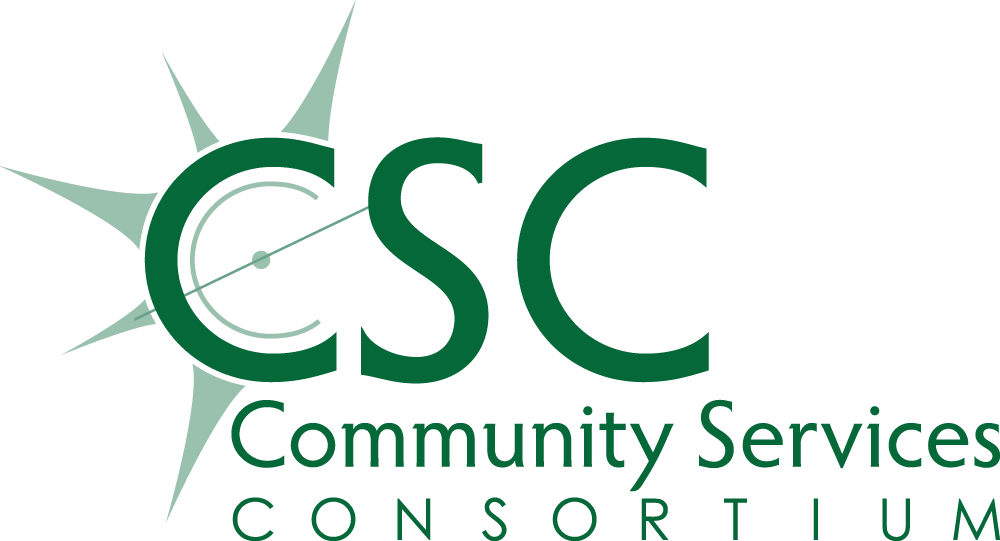2024 Point in Time Count Reveals Unhoused Crisis in Tri-County Region
The housing crisis in Oregon. We all hear about it, but what does it look like in your own community? Community Services Consortium (CSC), the local Community Action Agency serving Linn, Benton, and Lincoln Counties and the surrounding communities, helps with this by coordinating the annual Point in Time (PIT) Count.
The PIT Count is a federal Housing & Urban Development (HUD) requirement that every county in the United States conducts a manual count of all individuals experiencing homelessness on a single day of the year. This large undertaking is imperative for strategically distributing resources for housing development and sheltering, community outreach needs, and long-term initiatives related to city, county, and federal funding.
The latest data from the count reveals a significant change that demands our collective efforts. A call to action to support those who are unhoused and provide comprehensive, innovative solutions to get more people sheltered and ultimately into safe, permanent housing.
CSC and their team of street outreach volunteers, comprised of community members and representatives from other local organizations, completed the January 2024 PIT Count of sheltered and unsheltered individuals and families experiencing homelessness in Linn, Benton, and Lincoln Counties using the Counting Us application.
It’s crucial to understand the context of how the numbers are collected to grasp their weight and impact. While an ‘exact’ count is never possible in any community due to the challenging nature and logistics of the endeavor, conducting counts is more difficult in rural areas, which most of the tri-county region is.
CSC dedicated significant time, resources, and intentionality to this year’s count by bringing in a well-experienced local contractor to coordinate the volunteers and operations. However, even the most efficient counts will not capture every person. So, while the following data is alarming as is, it is likely an undercount.
This year’s report revealed that 1,437 people are unhoused, living on the streets, in between shelters, or worse, in Linn, Benton, and Lincoln Counties. That is more than double the last PIT Count results due to multiple factors, including but not limited to a predicted wave of homelessness following the removal of the eviction moratoriums in place during the Covid pandemic and increased volunteer support for counting.
To illustrate the gravity of that number, it is the same as the total population of Depoe Bay. And remember, the actual number is likely higher due to the inherent difficulties in counting unsheltered individuals accurately.
Benton County highlights:
- Total homeless count: 420
- Total homeless youth (0–24 years old): 40 (9.5%)
- Domestic violence survivors (adults only): 40 (9.5%)
- People who identify as men are experiencing homelessness at a 50% higher rate than people who identify as women
- People who identify as Black are experiencing homelessness at a rate over 4 times higher than their population in the community (only 1% of Benton County population identifies as Black, according to 2022 Census data, while 4.8% of the homeless population identifies as Black)
- 42% of people counted are experiencing chronic homelessness (one year or longer)
- A quarter of people (23.3%) of people counted report having a serious mental illness and/or substance use disorder
View complete Benton County data here.
Lincoln County highlights:
- Total homeless count: 517
- Total homeless youth (0–24 years old): 67 (13%)
- Domestic violence survivors (adults only): 25 (4.8)
- People who identify as men are experiencing homelessness at a 50% higher rate than people who identify as women
- 14% of people counted are Veterans
- 15% of people counted having a serious mental illness and/or substance use disorder
- 16% of people counted are over 55 years old
View complete Lincoln County data here.
Linn County highlights:
- Total homeless count: 500
- Total homeless youth (0–24 years old): 49 (9.8%)
- Domestic violence survivors (adults only): 50 (10%)
- People who identify as men are experiencing homelessness at a 50% higher rate than people who identify as women
- People who identify as Black are experiencing homelessness at a rate over 4 times higher than their population in the community (only .5% of Linn County population identifies as Black, according to 2022 Census data, while 2.4% of the homeless population identifies as Black)
- 36% of people counted are experiencing chronic homelessness (one year or longer)
- More than half (57%) of people counted report having a serious mental illness and/or substance use disorder
View complete Linn County data here.
“We all have recently seen how powerful these numbers are as hundreds of millions of dollars have been directly informed by PIT Count reports just in the last two years in the State of Oregon,” according to Dina Eldridge, Housing Senior Operations Manager for CSC who oversees the PIT Count.
“It is imperative that we use data to make these decisions, but not ideal when that data is skewed community-to-community, based on resources and geographical limitations, when we’re already struggling to compete with metropolitan areas. Regardless of the exact numbers, we know and the data shows a drastic increase in homelessness, especially for vulnerable populations, across the board,” Eldridge continued.
“Shelter is a basic human right. CSC and our partners will continue to leverage this data and do all we can to improve the quality and completeness of the count every year, to drive meaningful change and impact for our local housing crisis.”
For more information on the PIT Count results or to learn how you can get involved, please contact pitcount@communityservices.us.
